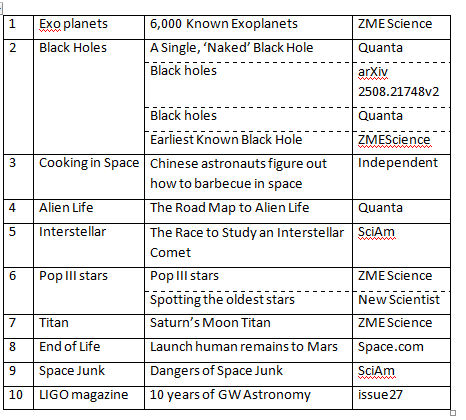As the 4th Monday is in Christmas week the next meeting will be in January.
There will be a “very short” AGM. Our last AGM was in March 2020 and some admin issues, ie our bank account, ask for minutes of our General Meeting to prove we are a proper society!
It is intended to be very short so don’t worry about there being a long boring (?) session. No doubt reports of what has happened since the last AGM will be circulated prior to the 26th.
By keeping it short we will have time to have a topic discussion as well.
As debated at the last couple of meetings it would be great if someone were to introduce a topic of interest to them, ie a subject – video – or whatever that we could have a round table chat on.
ANY VOLUNTEERS?
Drop a line to the webmaster, my astrogw8 or Nick’s email address with suggestions. Don’t be shy – I’m happy to help out if you want. it will be an especially short meeting otherwise!
Usual time and place, 7:30pm, upstairs in the Hen & Chickens, Abergavenny.

